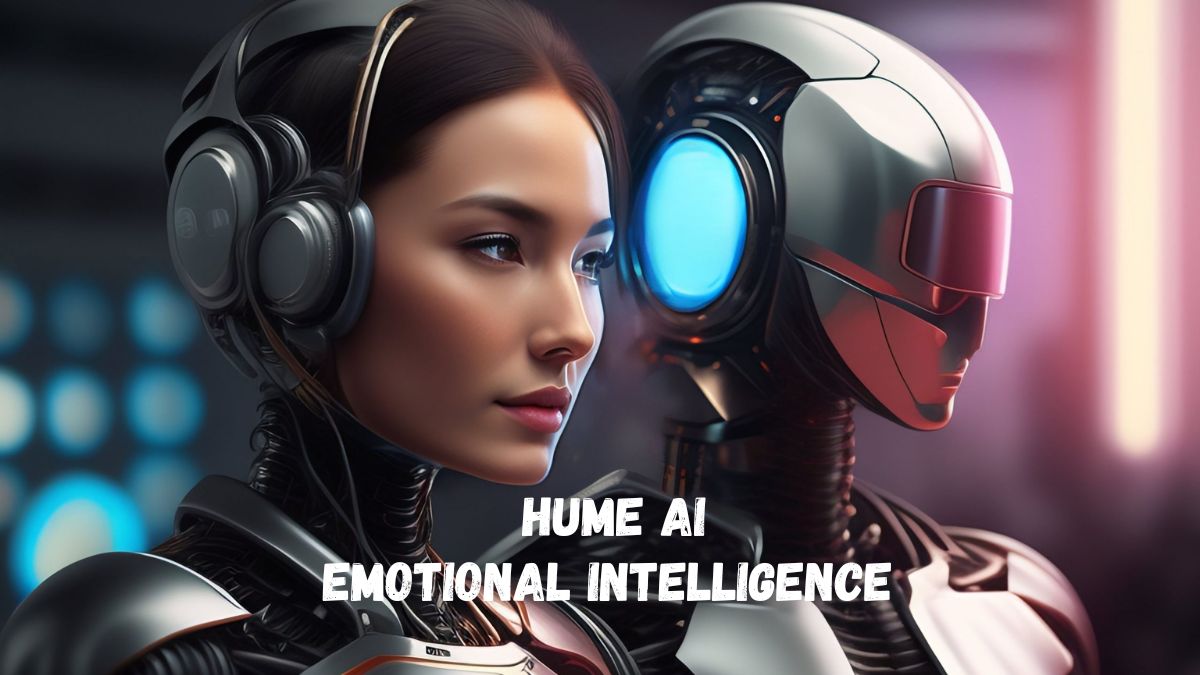🎥 Video Scanning
Video scanning involves the process of examining video footage to identify and extract relevant information. This technology can analyze videos to detect objects, movements, faces, and other key elements. By processing large volumes of video content quickly, it helps in various fields such as security, marketing, and data analysis. Whether you need to sift through hours of surveillance footage or analyze video content for marketing insights, video scanning can make the job much easier.
AI’s Role in Video Scanning
AI is making significant strides in video scanning. Advanced AI tools can now perform tasks that were once manual and time-consuming. For example, tools like DeepAI and VisioLab use machine learning algorithms to recognize and classify objects within video frames accurately. These tools can be used in retail to monitor customer behavior, in security to enhance surveillance systems, and in media to automate video editing processes. AI’s ability to learn from data allows these tools to become more efficient and accurate over time, bringing a new level of precision.
Our Recommendations and Alternatives
When looking for video scanning solutions, consider tools that offer robust features and ease of use. DeepAI is excellent for detailed object recognition, while VisioLab excels in real-time video analysis. If you’re on a budget, free tools like OpenCV provide basic functionality and can be a good starting point. Each tool has its strengths, so choose one that best fits your specific needs. Remember to test different options to find the most suitable one for your requirements.
We have a category of AI tools below that can fulfill this use case.
-

Hume AI powered by Evi
Hume AI offers an AI toolkit designed to analyze, comprehend, and enhance the influence of technology on human emotions. Developed using transfer learning from our state-of-the-art expression measurement models and eLLMs, you can utilize Hume’s scientifically validated API to evaluate expressive behavior in images, videos, audio, and text, enabling the development of applications that more accurately anticipate user intentions, preferences, experiences, and results. The toolkit that measures and improves the impact of technology on human emotions, for more intuitive user interactions.
